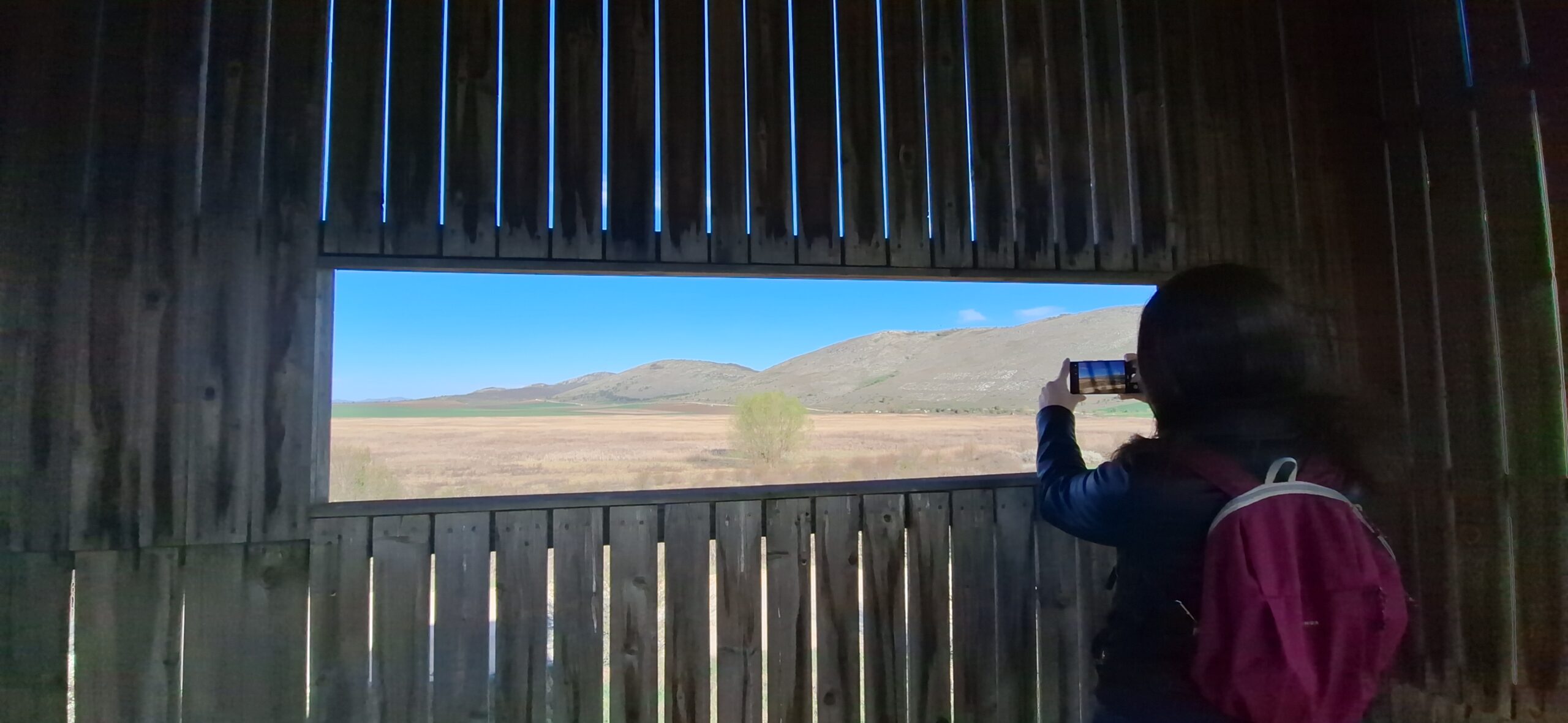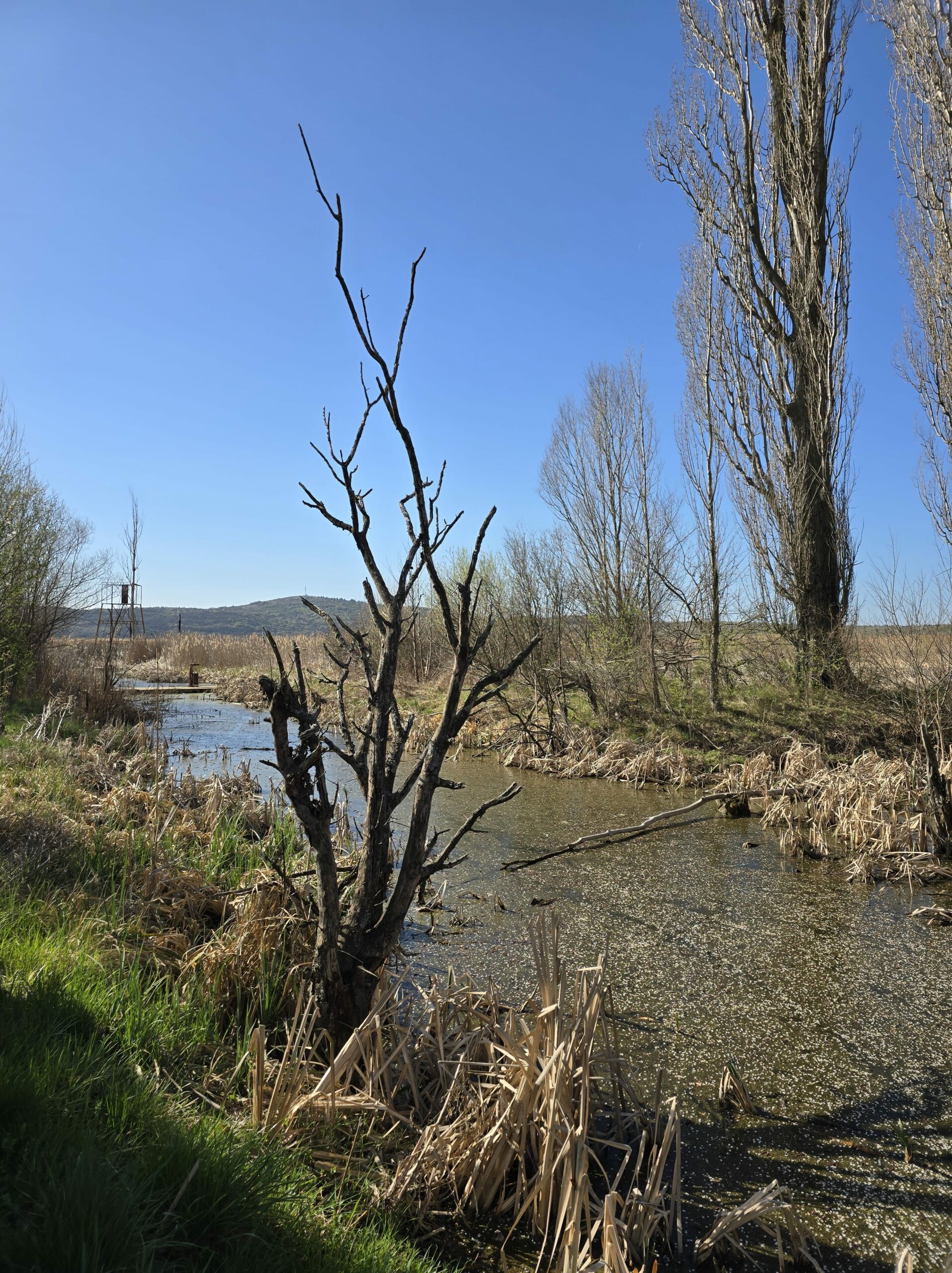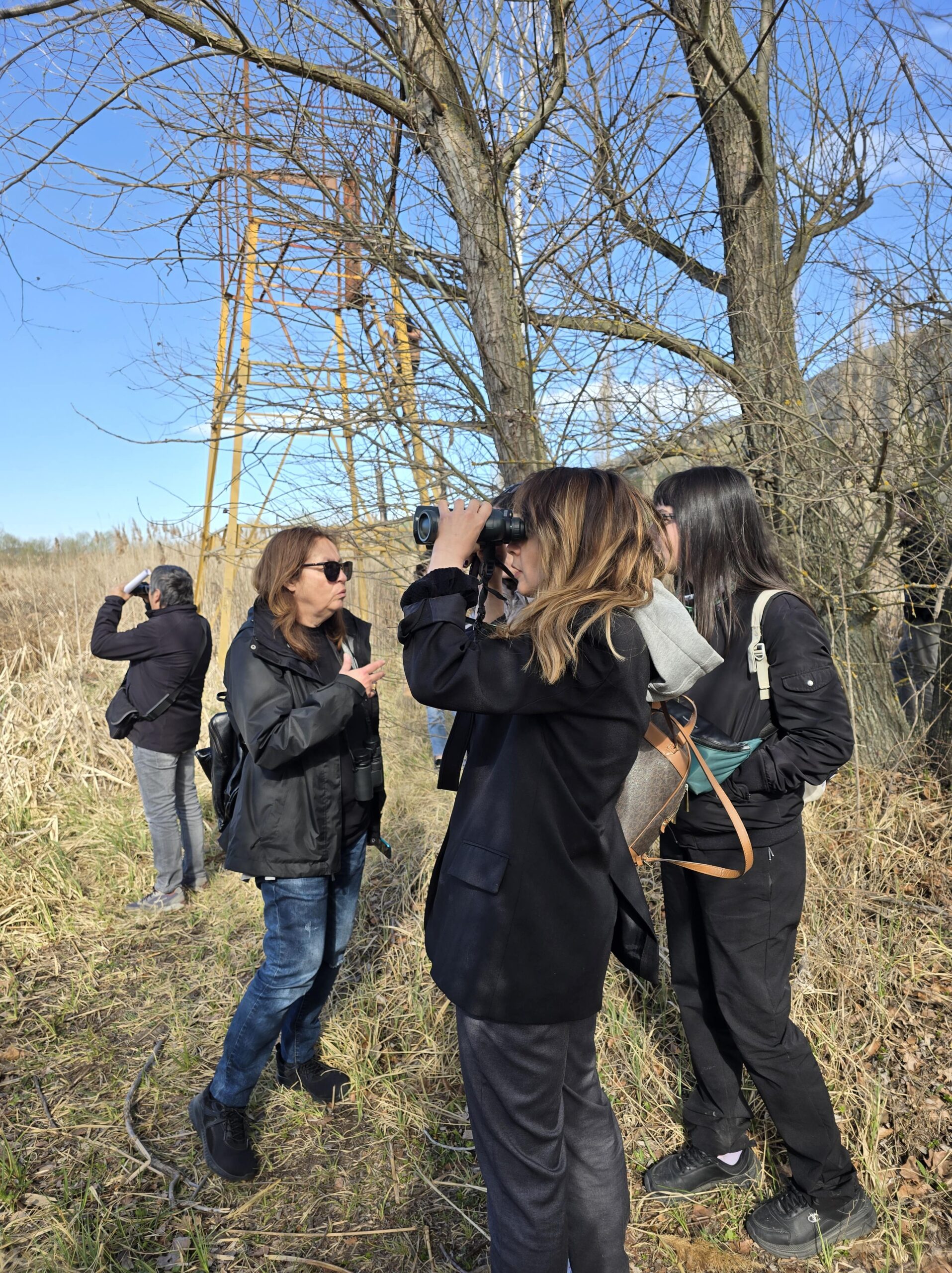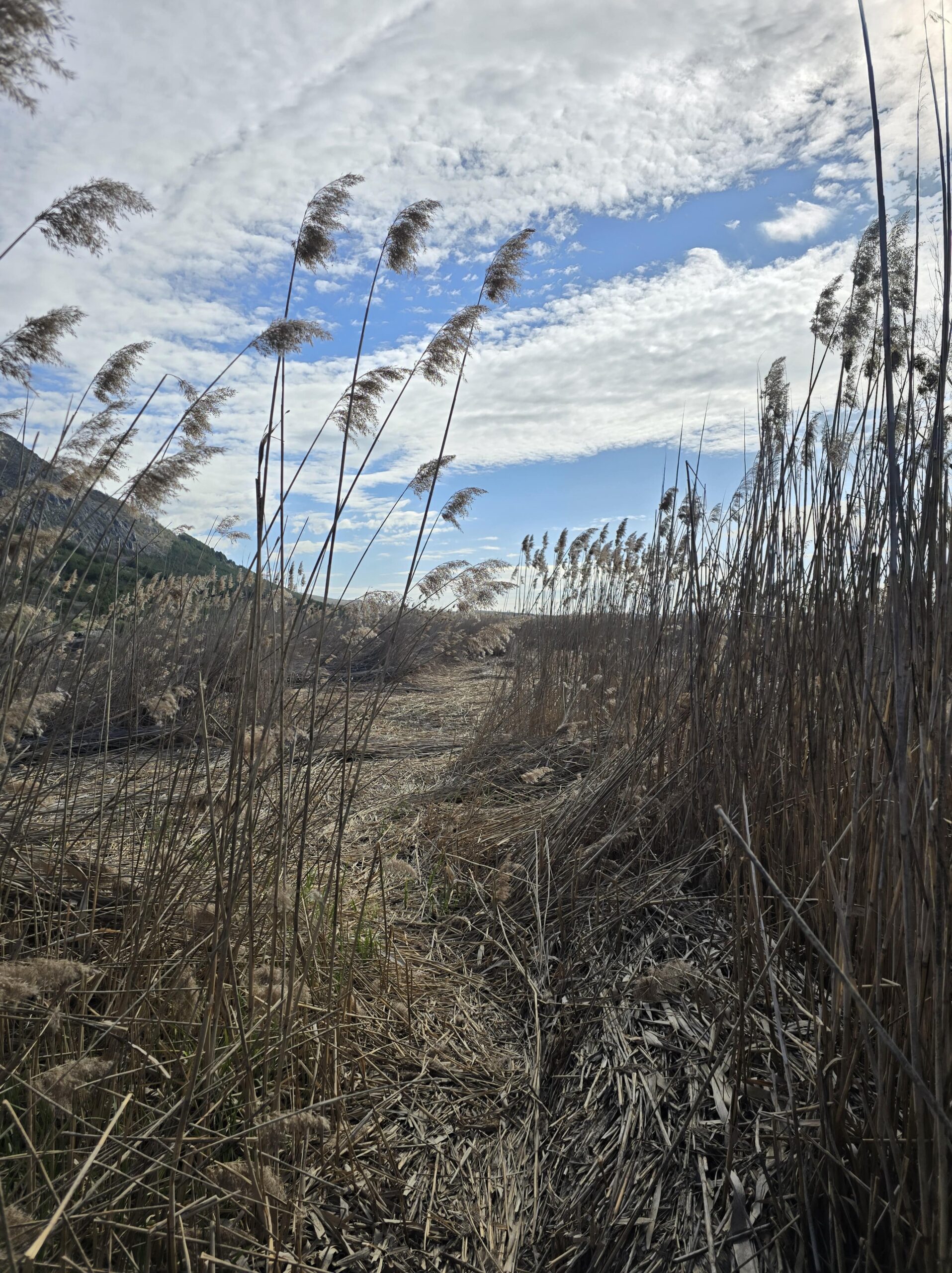Designated as a protected area in 1989, Aldomirovsko Blato is renowned for its role in preserving the natural habitat of rare waterfowl species and 40 species of higher plants. This site is part of the “Dragoman” Protected Area (BG0000322) under Directive 92/43/EEC on the conservation of natural habitats and wild fauna and flora of Natura 2000.
Next , we inspected the Dragoman Marsh karst complex which is the largest natural karst wetland in Bulgaria, situated just 35 km northwest of Sofia. It covers a valley between the Tri Ushi and Chepan limestone hills, where typical marsh vegetation thrives and open water persists year-round in some areas.
The visit to Aldomirovsko Blato and the Dragoman Marsh karst was essential for the Wetland4Change project. By observing these unique wetland ecosystems firsthand, our team gained valuable insights into their ecological significance and the challenges they face.
For more information about the Dragoman Protected Area, you can visit this link.
The 2 days kick off meeting in Sofia was the occasion learn about the Bulgarian protected Wetlands and its ecological value, as well as to learn more on the Bulgarian pilot site. The designated site where the flood mitigation and C-sequestration models will be tested is located in the Struma Catchment. The Struma Catchment, with a total area of 1,682,702.82 hectares, has about 50.68% of its area in Bulgaria, while the remaining portion extends into neighboring countries. Within the Struma Catchment, there are a total of 197 wetlands, highlighting the region’s significant ecological connectivity and wetland area.





